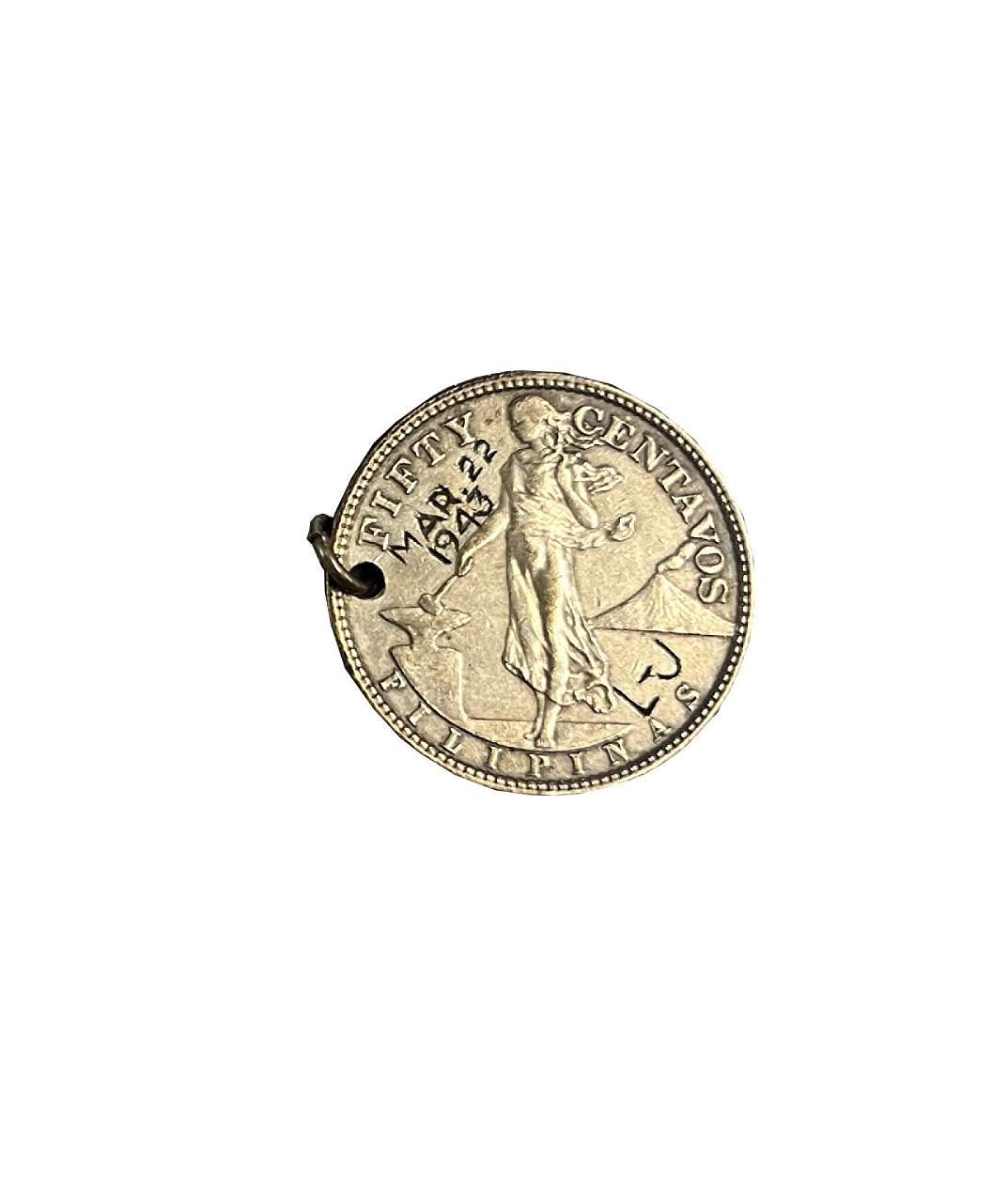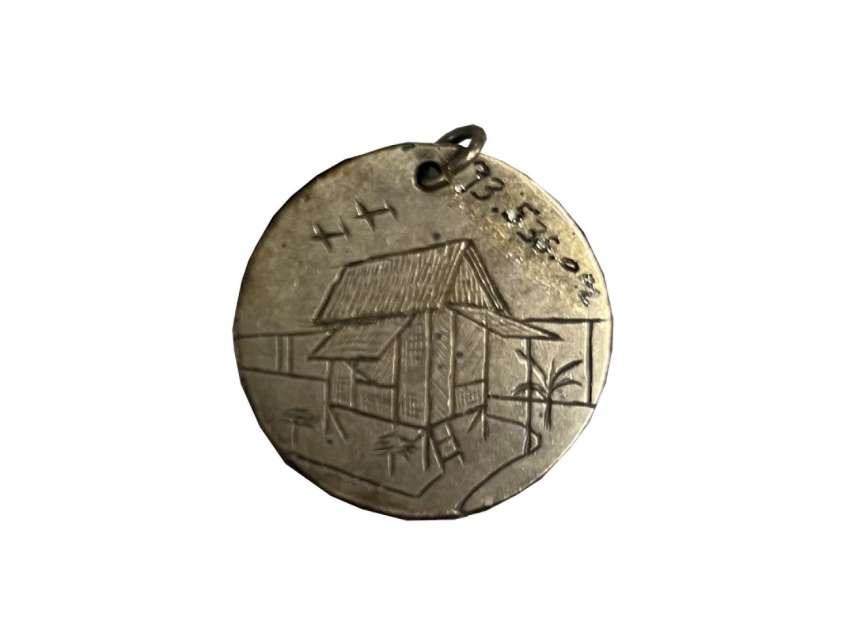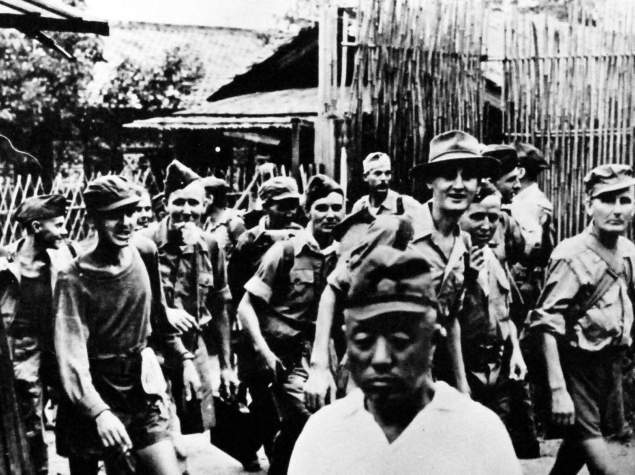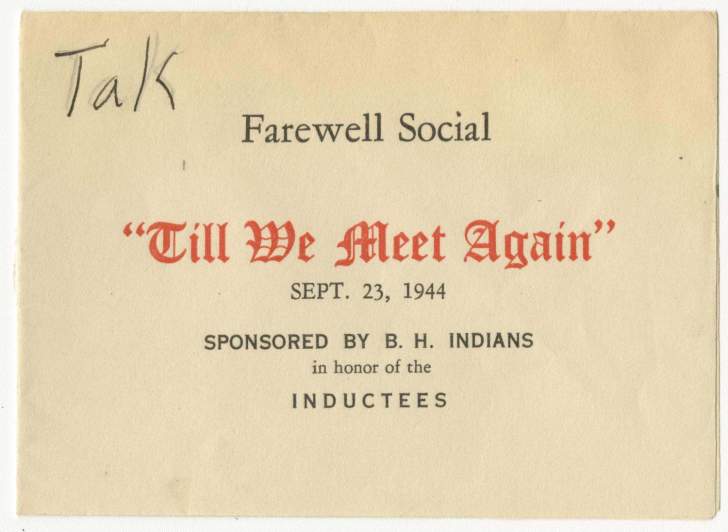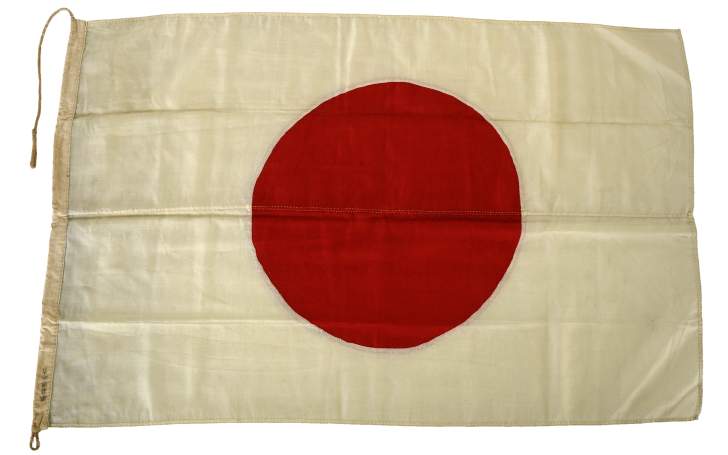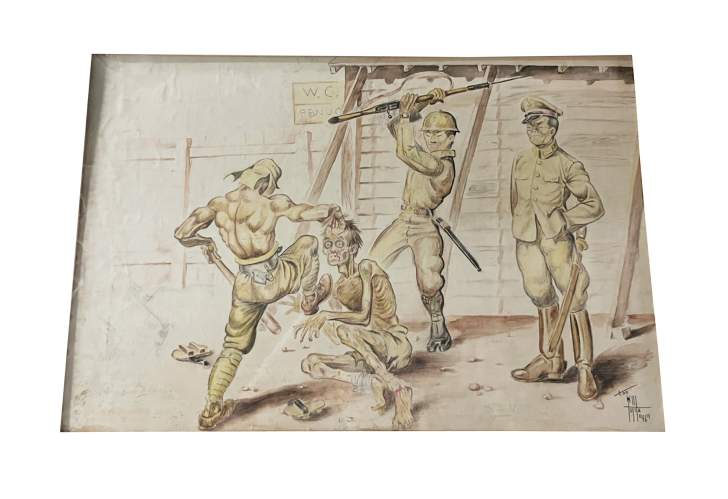Philippine coin gifted from John Brush to his wife Lois for their wedding anniversary during their incarceration at Santo Tomas Internment Camp in the Philippines. The coin bears the etching “Mar 22 1943” and the initials “L-J.” John Brush was the chief engineer at Proctor and Gamble’s factory in Manila beginning in early 1941. When the Japanese occupied the Philippines in December of that year, Brush and his wife were taken to Santo Tomas and imprisoned for the duration of the war. In an oral history done for the National Museum of the Pacific War in 1998, Brush recalled his time in prison and some of the hardships he endured, including the starvation-level rationing and the cruelty of the Japanese guards. He also described the cramped living conditions and the difficulty in procuring and maintaining medical supplies. Brush and his wife were forced to live separately, but were ultimately able to stay together, even surviving months-long separation when John was transferred to Los Banos in June 1943 before his wife joined him in December. Both John and Lois survived their incarceration and returned to Cincinnati after the war.
Click here to listen to Brush's oral interview.

